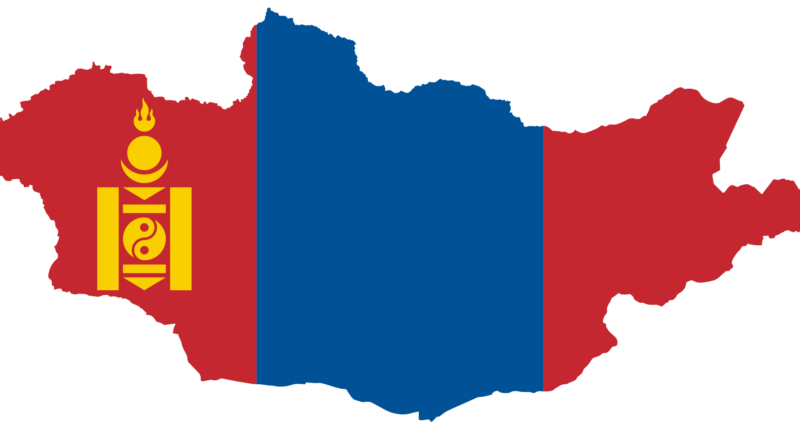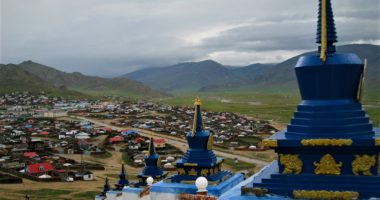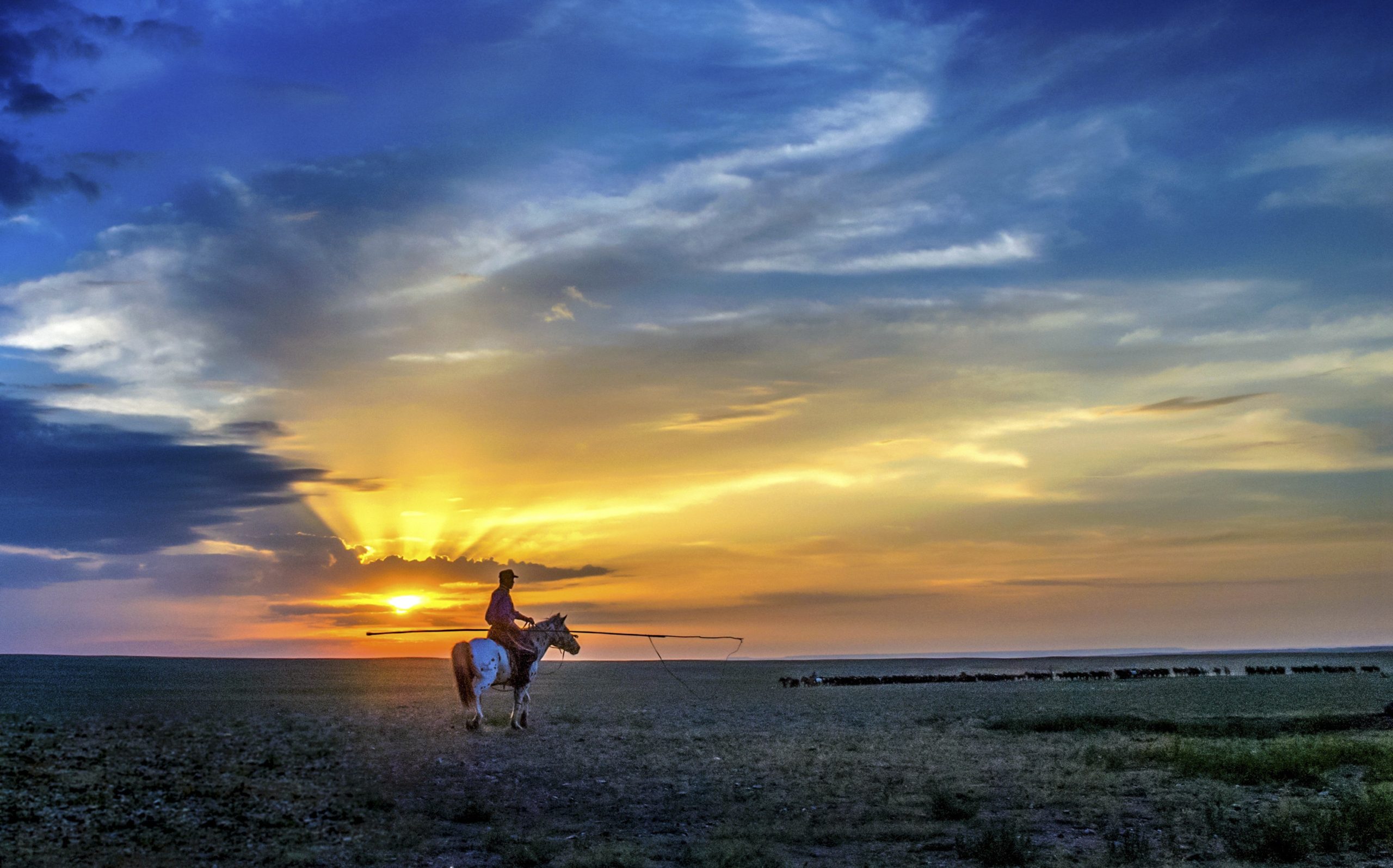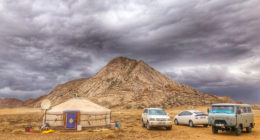Mongolia’s economy has recovered but the current economic expansion was largely driven by strong coal exports. Public and private consumption growth also supported the economy, spurred by rising household income and the 2023 supplementary budget. Despite increased public spending, the government’s fiscal position improved in 2023, driven by higher mining revenues, resulting in a reduction in public debt. The medium-term growth outlook remains favorable, mainly supported by the mining industry. Higher coal exports also improved the external position. Looking ahead, economic growth is expected to slow to 4.8 percent in 2024 as coal exports decline from their peak in 2023 and the agriculture sector continues to be affected by harsh climate conditions. Fiscal expansion and rising household incomes are expected to elevate inflationary pressures in 2024.
Mongolian economy has grown at a fast pace due to an increase in mining and Mongolia attained a GDP growth rate of 17,3 – 11.7% in 2011 – 2013. From 2015 till 2016 Mongolia had faced an economic stagnation because much of this growth is export-based, Mongolia is suffering from the global slowdown in mining caused by decreased growth in China.
Mongolian economy retrieved more than the expected amount in 2017 and Quarter 1 of 2019 indebted to substantial exports, inflow of great amount of foreign investment of Mongolia’s largest mine in the expansion of the second phase and confirmation of the Economic Recovery Plan package of Monetary Fund.
Mongolia joined the World Trade Organization in 1997.
In 2020, position of Mongolia moved up to 81st from 74th in the World Bank’s Index, Ease of Doing Business (from 190 countries), following reforms with an interrogative professional business community, promptly improving living conditions and democratic government made it easier to start and run business.
Mongolia has a high elevation, with a cold and dry climate. It has an extreme continental climate with long, cold winters and short summers, during which most precipitation falls. During the summer temperature reaches plus 40 degrees Celsius, however Ulaanbaatar is defined as coldest capital city in the World. The country averages 257 cloudless days a year.
Even though it has a small population of slightly over 3 million people in a place with the same size of Western Europe, however the capital city doesn’t have enough supply of apartments and there is a metropolitan atmosphere difference between central Ulaanbaatar and minor communities in distant location.
The area is split into 3 cities and 21 provinces for administration purposes. Majority of the population, around 1.5 million people live in the capital city Ulaanbaatar.









